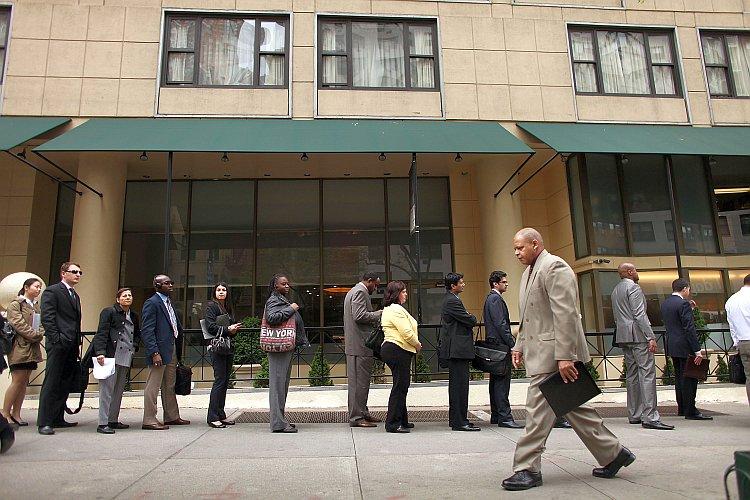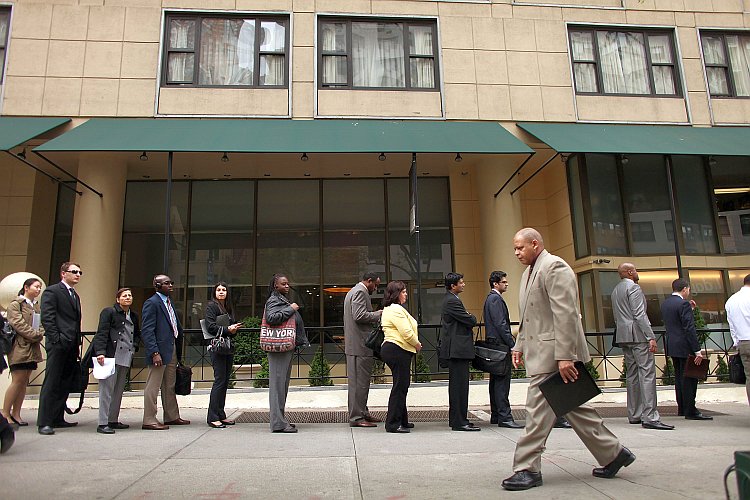The U.S. Labor Department (DOL) on Thursday invited states to apply for the “Bridge to Work” pilot projects, aimed at providing temporary jobs and training for those receiving unemployment benefits.
“This administration is committed to finding new and innovative ways to turn the unemployment system into a re-employment system, and state programs can play a crucial role in doing so,” said Secretary of Labor Hilda L. Solis, in a statement. “These projects will help improve services, lower costs, and provide crucial worker protection measures to ensure that employers who follow the rules are able to compete on a level playing field.”
A total of 10 states will be chosen for the pilot program.
The application requires states to promise to follow the Fair Labor Standards Act. Trainees must not be used to avoid hiring or replace full-time workers. Hours are limited, and the stipend cannot be less than minimum wage, $7.25 an hour. Trainees may not be hired while a strike is in progress.
The “Georgia Works” program inspired “Bridge to Work.” Georgia has a higher unemployment rate—9 percent—than the national average of 8.2 percent, according to the DOL.
Georgia’s program allows workers to receive a stipend of up to $240 per week for up to 24 hours of work per week, for a maximum of eight weeks. There is no charge to employers, and both for-profit and not-for-profit workplaces may participate. Employers have no obligation to hire participants. According to an unnamed federal official quoted by The Associated Press, “About a third of the time, those workers wind up getting hired full-time.”
The federal program is part of the Middle Class Tax Relief and Job Creation Act of 2012, officially named the Extended Benefits, Reemployment, and Program Integrity Improvement Act. President Barack Obama signed it into law in February.
Some lawmakers have criticized unemployment benefits, saying they discourage people from looking for work. House Speaker John Boehner has been one of them.
Boehner and Rep. Eric Cantor (R-Va.) have supported the “Bridge to Work” idea as an innovation that could help the unemployed re-enter the workforce, as well as an initiative that both Democrats and Republicans could support.
“With millions of Americans still asking, ‘Where are the jobs?’ I hope the president and Senate Democrats will relent and work with Republicans to find common ground, so we can help the private sector put people back to work,” said Boehner in a statement on Thursday.
“The president has proposed a number of reforms to the Unemployment Insurance (UI) system, including ‘Bridge to Work’ programs that allow the unemployed to pursue work-based training and enhanced reemployment assistance programs to target those most likely to be unemployed for an extended period of time,” said Cantor in a statement.
“House Republicans recommended some of these very ideas to the president at the end of 2009,” he added. “There is no reason we cannot move forward on these areas of agreement.”







